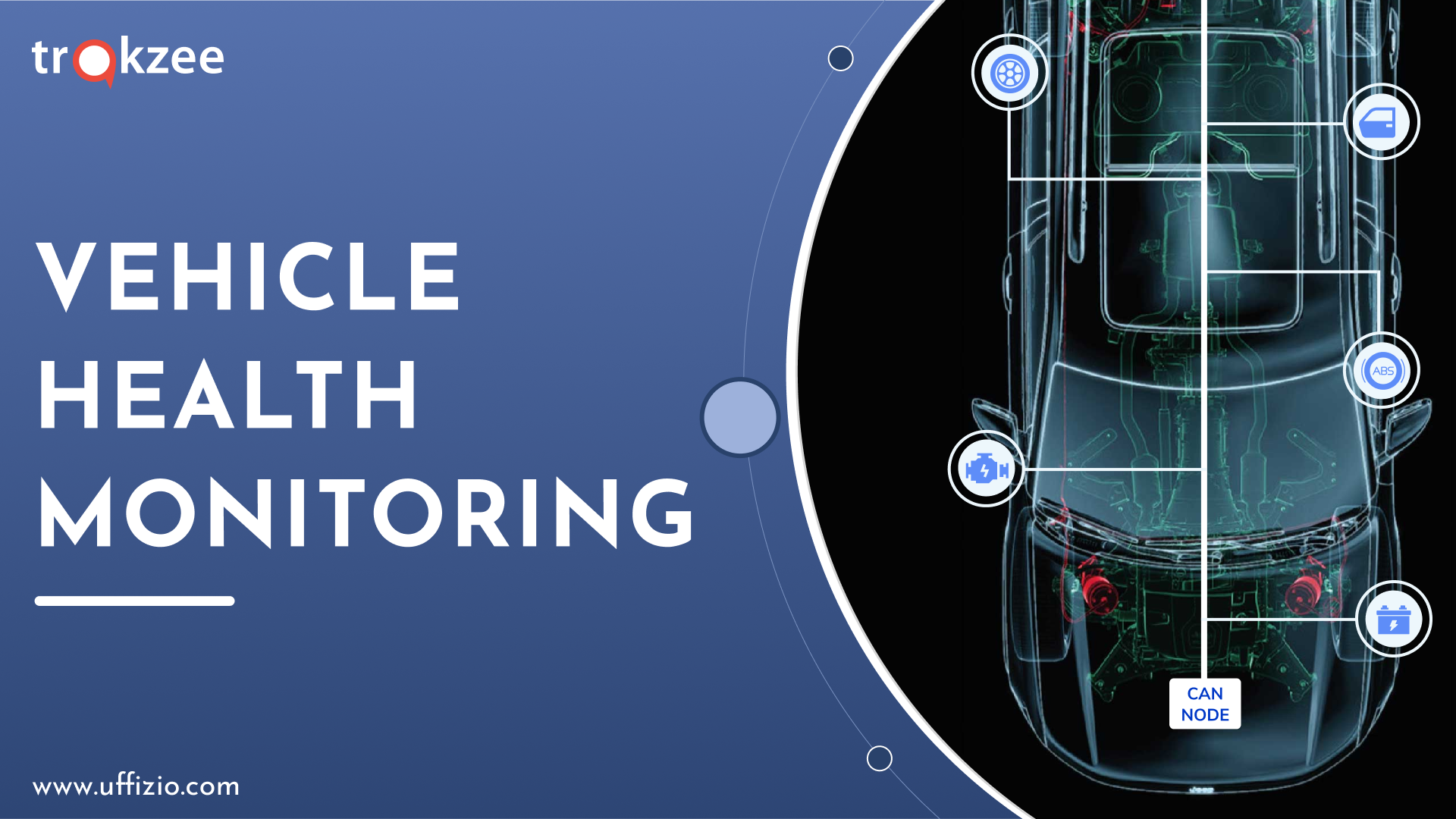Vehicle health monitoring

Vehicle health monitoring is a crucial activity that provides real-time insights into the condition and performance of vehicles. This solution is designed to Dashboard meet the needs of vehicle health across various industries.